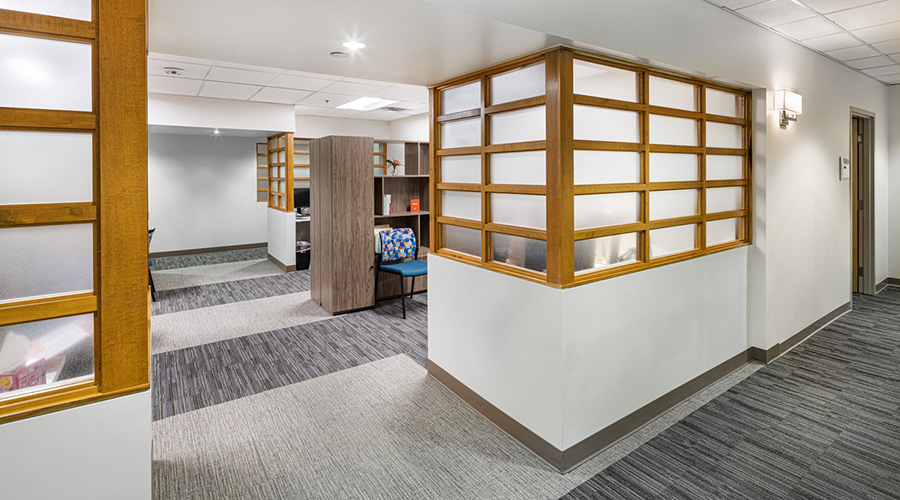Hospitals across the United States have faced an unimaginable array of challenges during the COVID-19 pandemic. But prior to the crisis, many healthcare facilities managers had not thought much about the most effective measures to quickly adapt buildings’ interior spaces during a health care emergency.
Today, many American hospitals remain more centered on services for outpatients – people who come to the hospital for treatment, but do not need to stay overnight, according to VOA.
For some hospitals, the bulk of their revenue comes from outpatient work. As a result, inpatient areas were not fully utilized before the COVID-19 pandemic.
The events of the last year have forced many hospitals to rethink how to keep their communities safe and healthy and consult with hospital design experts to better prepare hospitals for the next disaster.
Most hospitals were not designed to serve a large increase in patients. But that is starting to change, with designers working to create more adaptable spaces. For example, putting more power outlets on a wall or increasing pipe sizes could support more machines to assist breathing.

 Code Compliance Isn't Enough for Healthcare Resilience
Code Compliance Isn't Enough for Healthcare Resilience Ribbon Cutting Marks First Phase Completion for New Montefiore Einstein Facility
Ribbon Cutting Marks First Phase Completion for New Montefiore Einstein Facility Brooks Rehabilitation Launches 3 New Major Construction Projects
Brooks Rehabilitation Launches 3 New Major Construction Projects Joint Commission Standards: What Updates Matter Most?
Joint Commission Standards: What Updates Matter Most? Swinerton Completes Construction at Atlanta's Grady Hospital
Swinerton Completes Construction at Atlanta's Grady Hospital